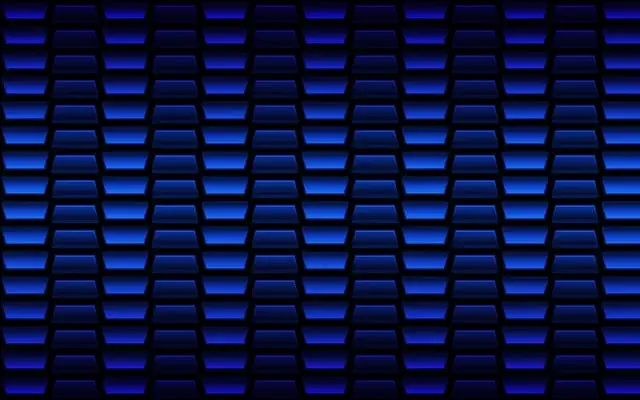Muscle soreness after K-Shot therapy, commonly known as delayed onset muscle soreness (DOMS), is a normal response for those new to intense physical activities or undergoing K-Shot treatments. This soreness occurs due to microtrauma and inflammation from muscle microtears caused by the extreme loads introduced during these activities, which K-Shot therapy can induce. To mitigate this soreness, it's advisable to incorporate a balanced workout regimen with proper warm-up and cool-down sessions, and to practice active recovery strategies that improve circulation and healing during rest periods. K-Shot, a form of ketamine injection therapy, serves as an effective intervention for pain relief and inflammation reduction associated with DOMS by acting as an anesthetic and targeting NMDA receptors. Its anti-inflammatory properties also aid in expediting muscle recovery. By integrating K-Shot into a personalized workout plan, athletes and fitness enthusiasts can enjoy shorter recovery times and maintain consistent training, with the treatment's benefits being maximized when timed appropriately within exercise routines to leverage the body's natural healing mechanisms. This approach not only supports muscle health and performance but also aligns with overall fitness goals for enhanced well-being.
Embark on a journey to mitigate muscle soreness with tailored workout plans enhanced by the innovative benefits of K-Shot therapy. This article delves into the mechanics of muscle soreness, its origins, and how targeted exercises can complement K-Shot treatments for optimal recovery. Uncover the science behind muscle strain and the role of K-Shot in alleviating discomfort, followed by actionable strategies to customize your fitness regimen for peak performance without the impediment of pain.
- Understanding Muscle Soreness and Its Causes
- The Role of K-Shot Therapy in Alleviating Muscle Soreness
- Tailoring Workout Plans with K-Shot Therapy for Optimal Recovery
Understanding Muscle Soreness and Its Causes

Muscle soreness, often referred to as delayed onset muscle soreness (DOMS), is a common experience among individuals engaging in new or intense physical activities, such as those involving K-Shot therapy. This therapeutic modality leverages high-pressure shockwave treatment to accelerate healing and enhance muscle performance, which can sometimes lead to temporary muscle soreness. Understanding the causes of muscle soreness is crucial for effectively managing recovery and optimizing workout routines. The primary mechanism behind muscle soreness after exercise is microtrauma to the muscle fibers, which occurs when they are subjected to unaccustomed or extreme loads. This can happen during K-Shot treatments as the body adapts to the novel stimulation provided by the shockwaves. Additionally, inflammation resulting from the microtears in the muscle tissue due to intense exertion contributes to the sensation of soreness. Engaging in a balanced workout plan that incorporates proper warm-up and cool-down exercises can mitigate the severity of muscle soreness. Furthermore, individuals can utilize techniques such as active recovery, where light activity is encouraged during rest days, to promote circulation and aid in the healing process. By understanding the factors that contribute to muscle soreness, individuals can tailor their workout plans to include activities that support muscle recovery and minimize discomfort following K-Shot therapy sessions or other forms of intense exercise.
The Role of K-Shot Therapy in Alleviating Muscle Soreness

When individuals engage in rigorous exercise or unfamiliar physical activities, muscle soreness can be an inevitable consequence, often limiting their ability to maintain a consistent workout routine. In such instances, K-Shot therapy emerges as a valuable modality for alleviating the discomfort associated with delayed onset muscle soreness (DOMS). Known formally as Ketamine Injection Therapy, K-Shot harnesses the anesthetic properties of ketamine to provide rapid pain relief and reduce inflammation. This non-invasive treatment can target specific areas of muscle tension, offering a targeted approach to managing soreness without the need for oral medications that may have systemic side effects.
The efficacy of K-Shot therapy in muscle recovery is rooted in its ability to modulate pain signaling through NMDA receptor antagonism. This mechanism allows for a decrease in the perception of pain, enabling patients to resume their exercise regimen sooner and with less discomfort. Furthermore, the anti-inflammatory effects of ketamine can accelerate the healing process by mitigating the inflammatory response that contributes to muscle soreness. Athletes and fitness enthusiasts who have incorporated K-Shot therapy into their recovery protocols report a significant improvement in their post-workout recovery times, making it an essential tool for those committed to maintaining an active lifestyle without being hindered by muscle soreness.
Tailoring Workout Plans with K-Shot Therapy for Optimal Recovery

Integrating K-Shot therapy into customized workout plans can significantly enhance an individual’s recovery process, particularly when managing muscle soreness. K-Shot, a revolutionary autologous platelet-rich plasma (PRP) therapy, harnesses the healing power of one’s own blood components to accelerate tissue repair and alleviate pain. This non-invasive treatment can be strategically timed within a workout regimen to complement physical activities, ensuring that muscles receive targeted nutrients and growth factors precisely when they are most beneficial for recovery. By tailoring workout plans around K-Shot sessions, athletes and fitness enthusiasts can maintain their training intensity while minimizing the risk of overtraining and injury. The therapeutic benefits of K-Shot, combined with a well-structured exercise program, create an synergistic effect that promotes optimal muscle health and performance.
When designing a workout plan with K-Shot therapy in mind, it’s crucial to consider the individual’s specific needs, fitness level, and recovery dynamics. A careful balance must be struck between the intensity of the workouts and the timing of K-Shot treatments to maximize the body’s natural healing capabilities without overtaxing it. This personalized approach to workout planning ensures that each session is not only effective but also considerate of the individual’s unique physiological response to exercise and recovery, thereby enhancing overall fitness and well-being.
Muscle soreness can be a significant hurdle for individuals looking to maintain an active lifestyle or recover from intense workouts. Understanding its origins is the first step towards effective relief and continued progress. K-Shot therapy has emerged as a pivotal treatment modality, offering a non-invasive approach to alleviate discomfort and promote healing. By incorporating K-Shot therapy into personalized workout plans, individuals can enhance their recovery process and reduce the impact of muscle soreness on their fitness journey. Tailoring these plans ensures that each person’s unique needs are addressed, allowing for a more effective and sustainable approach to health and wellness. Incorporating K-Shot therapy into your routine may be beneficial for those seeking to mitigate muscle soreness and maintain an active lifestyle.






